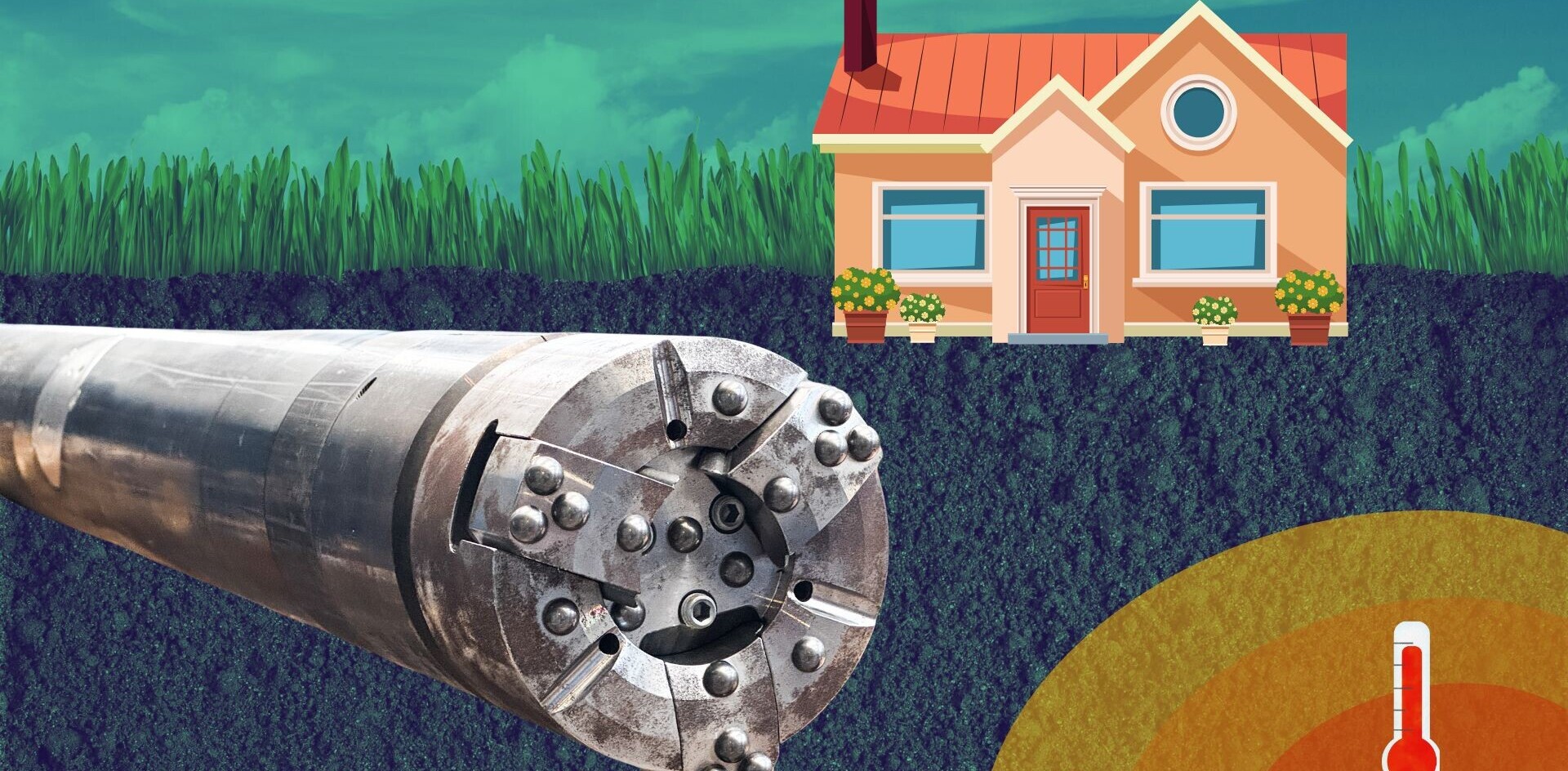
Swiss startup Sirius Aviation has unveiled designs for the world’s first hydrogen-electric vertical takeoff and landing (eVTOL) aircraft.
The jet, which kind of looks like Night Fury from How to Train Your Dragon, is billed to travel 1,851 km at speeds up to 520 km/h. That is four times as far as competitors like German eVTOL startup Lilium are targeting using batteries.
It will achieve these feats thanks to liquid hydrogen propulsion, which some consider the holy grail of fuels. The energy density of liquid hydrogen means vehicles can travel much further than when powered by gaseous hydrogen or batteries — without an increase in weight.

Sirius Aviation says its team of over 100 engineers has been working “hard on intense R&D” over the past two years to develop the jet. They claim to have already started the certification process with the Federal Aviation Administration (FAA).
The company is developing two planes: a business jet with a capacity of three people, and an aircraft designed for commercial aviation, which can transport five people. To us, this seems like a bit of a waste for all the novel tech needed to design, produce, and certify the aircraft.
The first demonstration flights for both VTOLs are scheduled for next year. Sirius then plans to achieve full certification, commercial deliveries, and shuttle flights by 2028.

While you’ve got to admire their optimism, huge challenges remain. The use of liquid hydrogen especially is a massive hurdle. It was only last September that H2Fly made the world’s first piloted flight of a liquid H2-powered plane.
Liquid hydrogen needs to be stored at below -253 °C at all phases of distribution, filling, and flight. This presents huge logistical challenges, not just in the design of the plane but also the production, storage, and delivery of the fuel itself.
Then there’s the fact that the aviation certification process is notoriously expensive. Sirius will likely need a runway of hundreds of millions if not billions of dollars to deliver on its promise of commercial flights by 2028 — in just five years’ time.

Exactly who is going to bankroll the project is unclear at this stage. While BMW has helped design the jet, there is no evidence to suggest that the automotive giant will extend its involvement further than that.
Moreover, Sirius is planning to develop everything themselves, including the liquid hydrogen powertrain. No one has even got a gaseous hydrogen plane certified yet, let alone in commercial operation, so I can’t imagine how much time and money it’ll take for the liquid equivalent.
Overall, it’s a seriously ambitious timeline, which seems to be a recurring theme in the eVTOL startup space. For now, let’s just sit back, enjoy the beautiful renders and hope that Sirius’ plans are more concrete than they appear.
Get the TNW newsletter
Get the most important tech news in your inbox each week.





